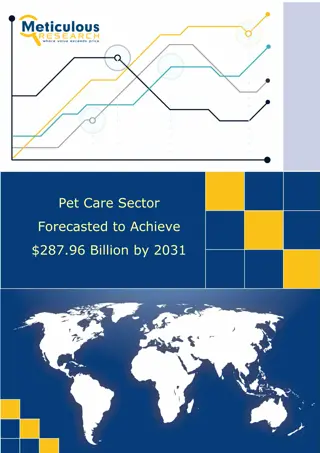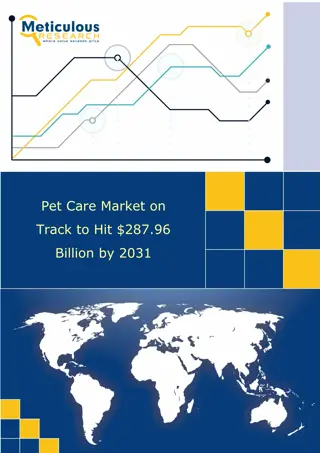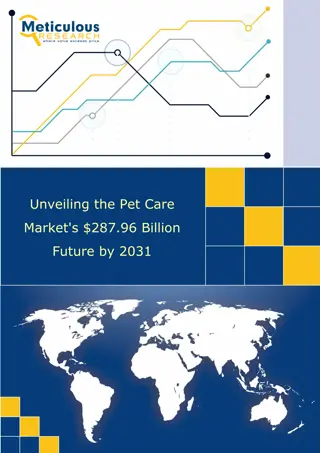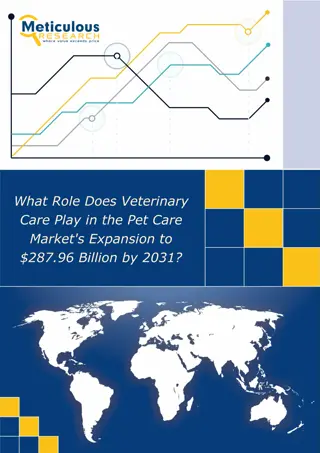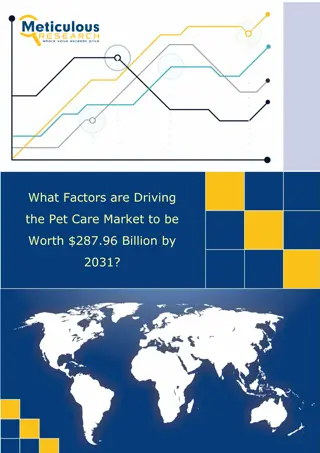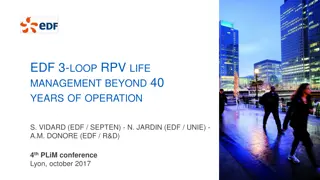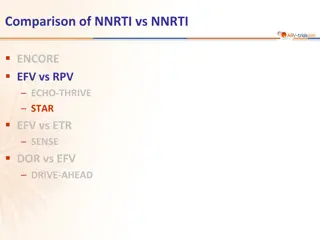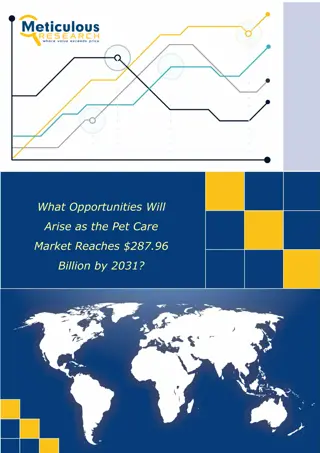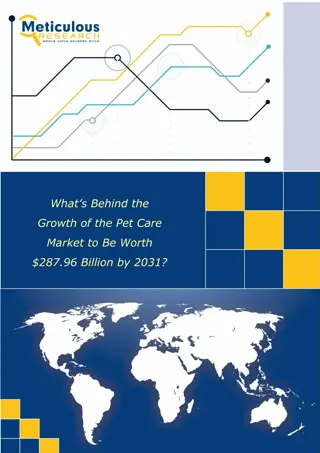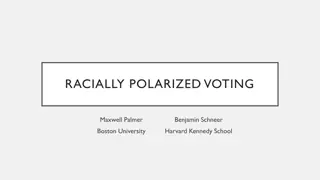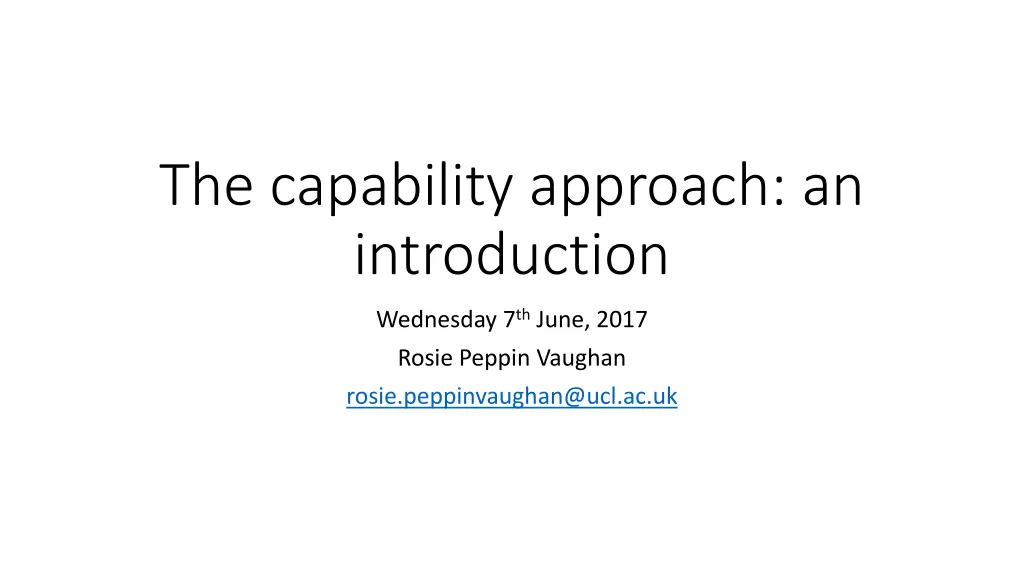
Understanding the Capability Approach
Explore the Capability Approach developed by Amartya Sen and Martha Nussbaum as a framework for discussing equality and development. Learn about the central proposition emphasizing freedom, achieved functionings, choice, and capability. Delve into additional dimensions like wellbeing and agency, comparing GNI and HDI rankings, and the relationship between capabilities and education reform.
Download Presentation

Please find below an Image/Link to download the presentation.
The content on the website is provided AS IS for your information and personal use only. It may not be sold, licensed, or shared on other websites without obtaining consent from the author. If you encounter any issues during the download, it is possible that the publisher has removed the file from their server.
You are allowed to download the files provided on this website for personal or commercial use, subject to the condition that they are used lawfully. All files are the property of their respective owners.
The content on the website is provided AS IS for your information and personal use only. It may not be sold, licensed, or shared on other websites without obtaining consent from the author.
E N D
Presentation Transcript
The capability approach: an introduction Wednesday 7thJune, 2017 Rosie Peppin Vaughan rosie.peppinvaughan@ucl.ac.uk
The The C Capability apability A Approach pproach Developed by the economist Amartya Sen and the philosopher Martha Nussbaum Context: Crisis of development Ongoing questions about equality and social justice; limitations of i) resource-based or ii) utility-based approaches. Key question: equality of what? A theoretical and evaluative framework for thinking about equality and development
Central proposition When thinking about development and equality, we need to look at The extent of freedom people have to achieve the functionings that they value Functionings: beings and doings , e.g. working, resting, being nourished The freedom to achieve a functioning = capability Functionings that they value: Sen distinguished between well- being and agency, important to acknowledge other-regarding values as well. Example of two starving men.
Individual conversion factors Achieved functioning Choice Resource Capability Means to achieve Freedom to achieve Achievement Diagram adapted from Robeyns (2005) It is important to distinguish between: Resources (e.g. a book, a school, a bicycle) Functionings(a being or doing ) The capabilityto achieve a functioning
Additional dimensions Wellbeing and agency Sen and Nussbaum; processes / lists 10 central capabilities e.g. life; bodily health; bodily integrity; emotions; practical reason; affiliation etc. Human Development; HDI and rankings
Comparing GNI and HDI rankings Comparing GNI and HDI rankings Country GNI per capita ranking (2011 PPP$) HDI ranking Qatar 1 33 Kuwait 2 50 Norway 6 1 Luxembourg 8 20 Australia 22 3 Czech Republic 39 28 Source: Human Development Report 2016
Capabilities and education Capabilities and education 1) What is the ultimate aim of education, what goals should guide education reform? Economic framings; capability expansion; reversal of ends / means. E.g. girls education 2) What is fairness and equality in education? Inputs / resources / outcomes? Capability to engage in educational processes vs capabilities through education; implications for wb / agency 3) What values should be embedded in education systems? Individual / collective; values conducive to capability expansion Challenges: measurements and data collection; adaptive preference and value formation; freedoms and young people.
Some areas of work so far Some areas of work so far Theoretical work around rights, entitlements, capabilities and justice (e.g. McCowan, Unterhalter, Brighouse, Robeyns) Value formation and aspirations (e.g. Hart, Walker, Robeyns) Diversity and different values in education (e.g. Terzi, Walker) Impact of education on other capabilities e.g. labour market (e.g. Otto, Hinchliffe) Teachers capabilities (e.g. Tao, Buckler, Cin) Children s capabilities (e.g. Biggeri, Comim) Higher Education (e.g. Walker, McLean, Hart, McCowan) Cross-cutting themes: gender; critical perspectives on education; measurement; capabilities and education policy.
Conclusion Conclusion Theoretical and practical challenges but advantages for thinking about social justice in education Justification for education and definition. Defines equality while taking diversity into account Upcoming talks: Thursday 8th June: Melanie Walker, 10am, London International Development Centre Thursday 15th June: Amartya Sen, 5pm, UCL Institute of Education 2017-18 Seminars on capabilities and education at UCL Institute of Education (email rosie.peppinvaughan@ucl.ac.uk to sign up) HDCA Thematic Group on Education see website.

